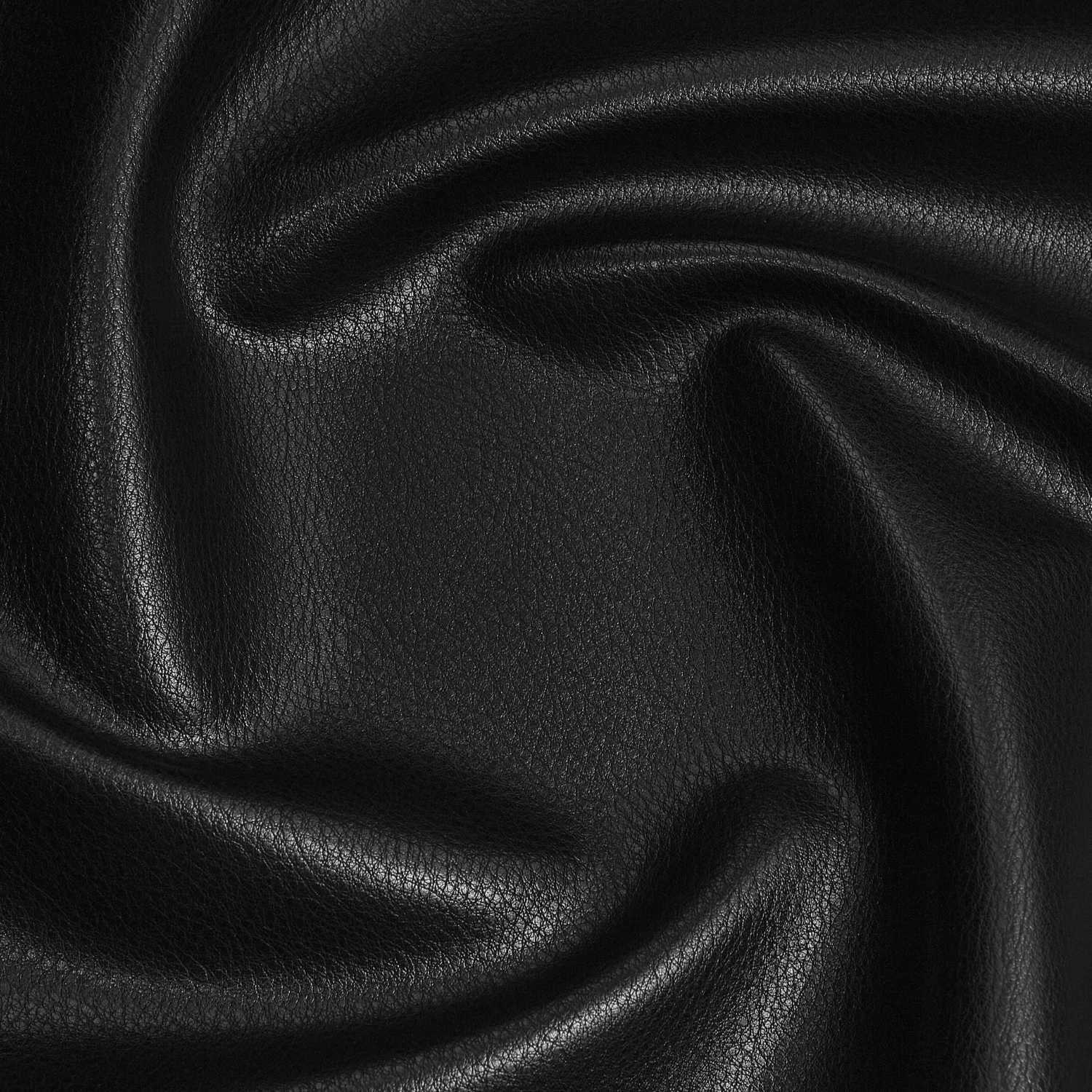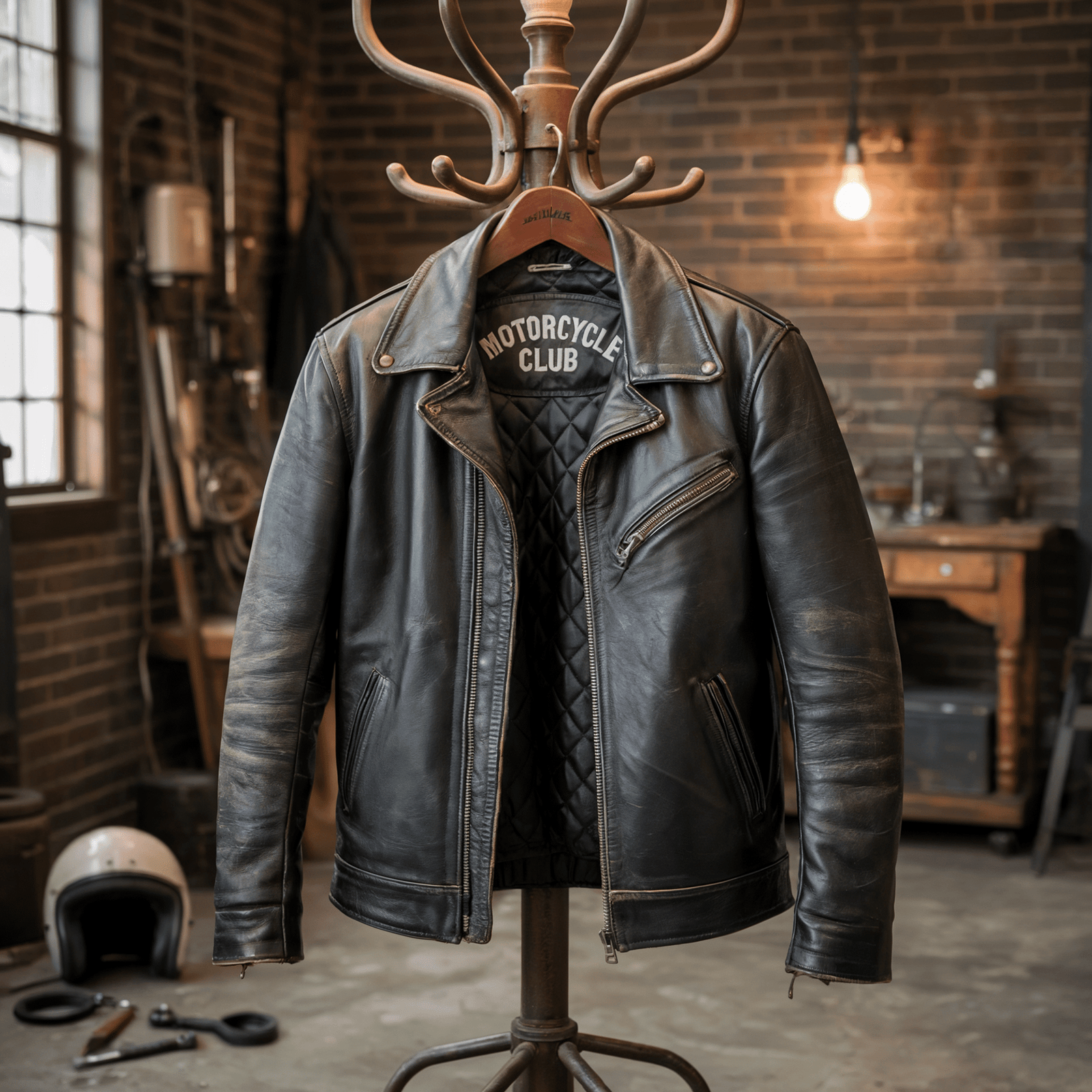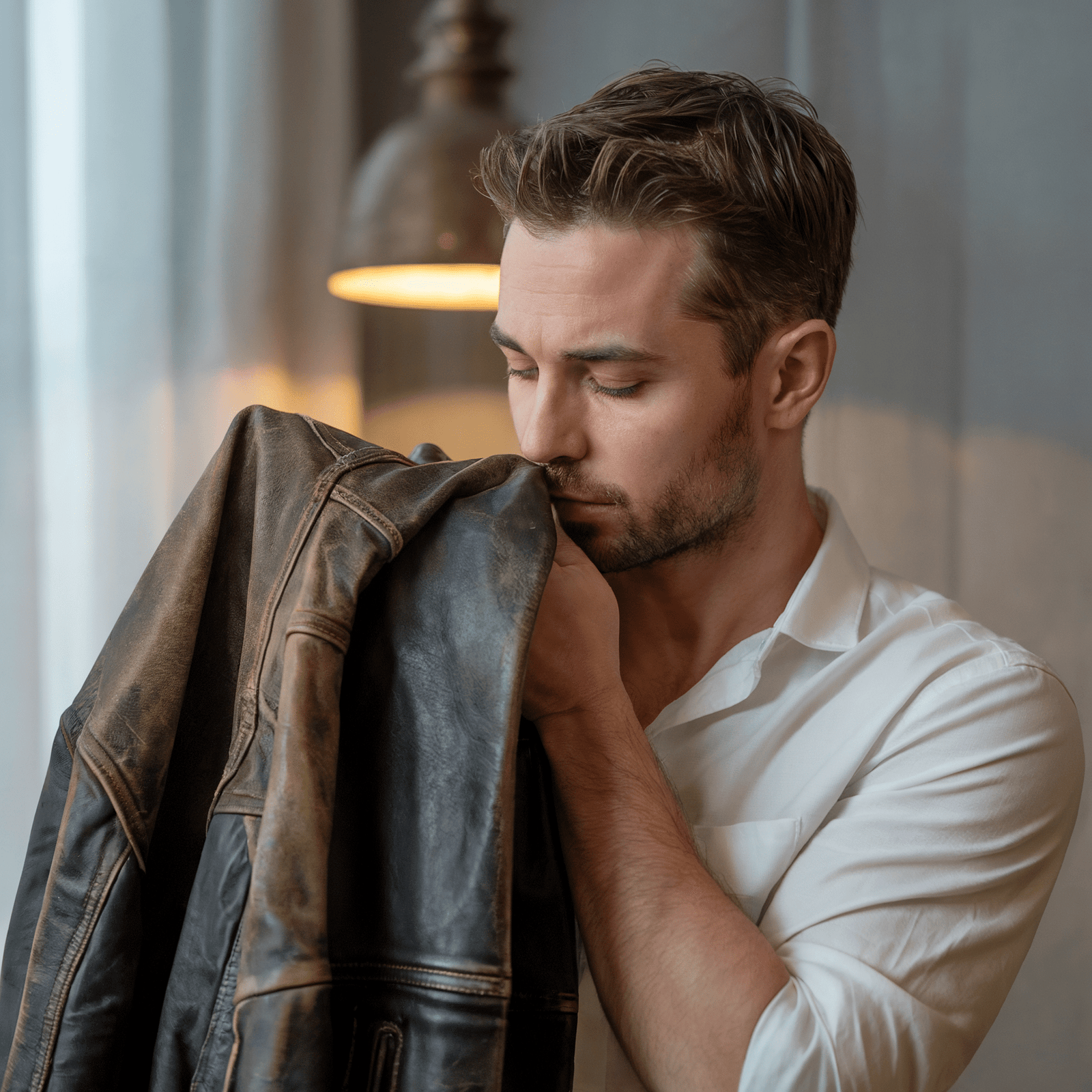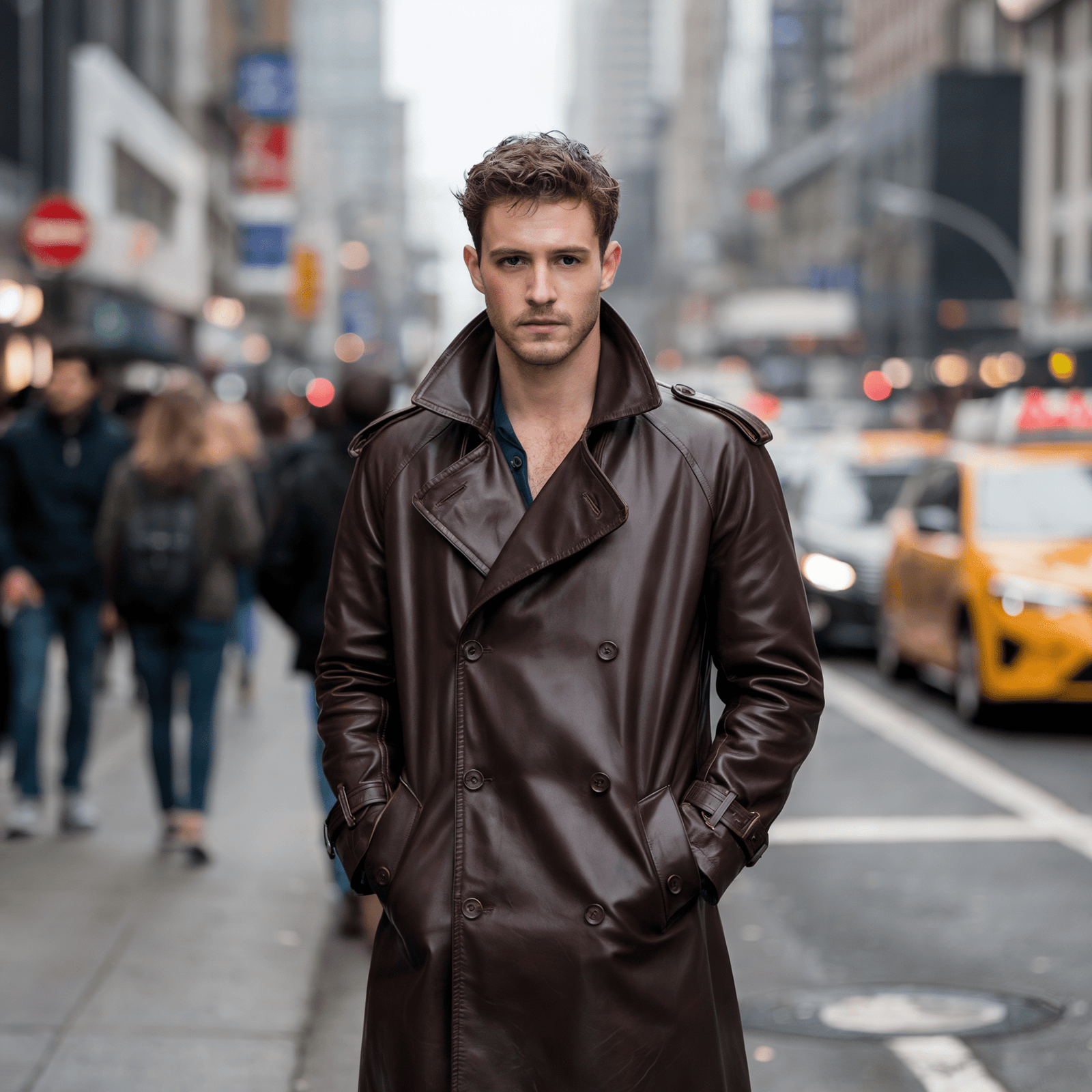Your Cart is Empty
FALL SALE 10% OFF - USE COUPON WELCOME10 AT CHECKOUT NOW!
Menu

FALL SALE 10% OFF - USE COUPON WELCOME10 AT CHECKOUT NOW!

What is Leather Texture? A Guide to Grains, Textures, and Finishes of Leather
by Jennifer Smith November 30, 2023 5 min read
When we buy a leather product, we first assess it with our sense of touch. Understanding the different types of leather textures is important as leather goods are available in an infinite variety in the market, making it difficult to decide upon one. Read on the blog till the end to get the required know-how about leather texture, its types, and how it differs from other features of leather.
Describing Leather Texture
The texture of the leather product plays an important role in its appearance, feel, and use. Leather texture is also one feature that tells real and faux leather apart. Different textures of leather, ranging from smooth to grainy, influence the look of the leather product. Therefore, the type of texture is important in determining its application.
Another factor that is dependent on the texture of leather is its breathability. The higher the porosity in the texture, the greater the breathability.
The leather texture depends upon the portion of hide it comes from, the thickness of the leather and the type of tanning applied to it. Leather finishing also plays a major role in creating the texture on the surface.
Understanding Leather Textures, Grains, and Finishes
There are a plethora of terms used to describe leather, and they often make it more confusing for someone who needs to learn more about the attributes of different types of leather. The same is the case with the leather texture types. The several processes it takes to turn rawhide into finished leather are responsible for its unique feel and look.
It all boils down to the person's preferences, whether he likes smoother textures or grainy ones for the particular project. Smooth, rigid, bumpy textured leather can be used for different purposes.
Leather finishing techniques, such as patent or embossing, can change the softness or hardness of leather. Some types of finishing can impact the grainy texture of leather.
Types of Leather Textures and Grains
The texture is the defining feature of leather, and several of its common and unique variations are explained below.
Smooth
Smooth leather has an even texture. Examples of smooth leather texture include vegetable tanned, patent, or oiled leather.
Flat Grain
This texture visibly feels grainy but has an even, soft feel to it. Leather with a flat grain texture is the most durable and resistant to wear and tear.
Grainy
The type of leather texture with a noticeable grain is sought after by most leather enthusiasts. It is made by applying pressure on wet animal hides.
Pebble
A type of leather texture that is mostly popular for high-end bags and belts is the pebble finish. It feels and looks like a pebbled floor with small or large grain. The pebbled floor has less scratch and water resistance than flat grain leather.
Embossed
Leather crafters and manufacturers create embossed textures by applying heat and pressure to unfinished leather. Embossing can give a unique pattern to your leather product, such as when crocodile embossing makes the cowhide look like a crocodile's skin. The finishing is applied after the embossing procedure. Embossed leather products are hugely popular.
Suede
While splitting the hide to make top grain leather, the underside of it is sanded down to create a fuzzy nap, giving the well known suede textured leather. Suede is used for all sorts of leather products, including garments, footwear, and bags.
Nubuck
While suede is the inner side of the split grain hide, nubuck is the outer side, buffed to create a texture that is soft, fuzzy, and finer than suede. Nubuck leather is one of the most durable types of leather with a velvety feel.
Pigmented
Pigmented leather undergoes the process of dye application, which results in a very scarce amount of grain on it. It is a hard wearing type of leather, but that is highly dependent on top notch maintenance as the pigment layer makes it prone to peeling.
Buffered
The buffered texture is the type of leather that lacks any sort of grainy feel to it.
Latigo
Leather that undergoes both chrome tanning and vegetable tanning is called Latigo leather. The double tanning results in incredibly soft and strong leather with a porous texture that makes it breathable and dust resistant.
Leather Finishing
Let's look at some common types of leather finishing that affect the leather texture.
- Natural Finish: Unfinished leather without any material treatment given to it.
- Patent Finish: Resin finished leather with a high gloss.
- Matte Finish: Leather with a toned-down look without a hint of luster.
- Satin Finish: Leather with a very slight shine to it.
- Shiny Finish: Leather with a prominent luster.
- Glossy Finish: Leather with a distinguished gleaming look.
Different Appearances of Leather
While smooth and shiny leather types are well known, there is no denial about the popularity of weathered looking leather among leather buffs. Learn different appearances of leather to ease the buying decision for you.
- Distressed Leather
This type of leather has a worn in look, either achieved naturally as the leather ages with time or via processes that give it an appearance of aged leather by developing cracks, discoloration, and a patina.
- Rustic Leather
Rustic leather is the name given to leather that has a classic look, bringing out its natural characteristics that form when exposed to environmental conditions.
- Crackled Leather
The surface of the leather is full of cracks, but those are superficially formed.
- Pull Up Leather
Finished with oil and waxes, pull up leather is very soft, flexible, and durable.
How is Leather Texture Different from Textured Leather?
Leather texture and textured leather are terms used for two different things. When we say leather texture, we are referring to the natural form and appearance of the animal hide. Textured leather, on the other hand, is the one that undergoes various techniques in the tanning, splitting, or finishing stages. The techniques may include stamping, embossing, carving, or chemical treatments to enhance its look. With these techniques, we can get leather that either has a smooth, even surface or a grainy, pebbly texture.
FAQs
How to Define Leather Texture?
The leather texture is the appearance and feel of the outer surface of leather, which ranges from smooth, grainy, rough, or fuzzy. Different leather textures are suitable for different uses and have varying breathability, moisture resistance, and durability.
Is Textured Leather Real?
Textured leather is real leather to which heat, pressure, or chemicals are applied to achieve a certain look and feel.
Is Bumpy Leather the Same as Pebbled Leather?
Leather texture with small or large bumps on its surface is known as pebbled leather or bumpy leather. Besides a distinct look, pebble grained leather has a highly enduring quality.
How is the Texture of Full Grain Leather?
Full grain leather has a natural texture with all the scars and imperfections of the animal hide retained on its surface. With its natural grain, full grain leather texture is smooth and water resistant.
How to Give Texture to Leather Surface?
To give a texture to the surface of leather, it can be tanned in the desired way to get a raised grain, or it can be buffed or rubbed against a rough surface. It can also be treated with certain chemicals.
You can also achieve a distinct texture by embossing or carving the leather. Applying certain types of finishing also affects the texture of leather.
Name Four Types of Leather.
Based on grades, the four types of leather are full grain leather, top grain or corrected grain leather, genuine leather, and bonded leather.
It’s a Wrap
Making a decision about buying a leather product is primarily based on how it feels, so it's important to know about leather textures and their suitability. If you need to become more familiar with the different leather textures, this blog can be a great way to learn the basics about them.
Leave a comment
Comments will be approved before showing up.
Also in Blog | Leather Skin Shop

Types of Sleeves in a Leather Jacket
by Jennifer Smith August 24, 2025 6 min read
The different types of sleeves shape the shoulder, control the movement, and change how the leather jacket looks in motion. There are various types of sleeves, such as cap sleeves, bell sleeves, raglan sleeves, and more.

How to Get Smell Out of Leather Jacket?
by Jennifer Smith August 08, 2025 4 min read
Over time, a leather jacket can smell like sweat, mildew, or smoke. But do not worry, there are safe, proven ways to get rid of those unpleasant smells at home.

What Is A Trench Coat
by Jennifer Smith August 02, 2025 6 min read
A trench coat is a long, lightweight outerwear piece designed to protect against wind and rain. Its defining features include a double-breasted front, a belted waist, wide lapels, and often epaulets and a storm flap.
Leather Jackets for Men
Leather Jackets for Women
Accessories for Men & Women
Recent Articles
- Types of Sleeves in a Leather Jacket
- How to Get Smell Out of Leather Jacket?
- What Is A Trench Coat
- What Is A Peacoat Jacket?
- What is Polyester Fabric?
- What is Satin Fabric?
- What is Shearling Leather?
- Varsity Jacket Or Letterman Jacket? Everything You Need To Know Before Buying
- What is Semi Aniline Leather?
- What Is Cotton Fabric?
Size Chart